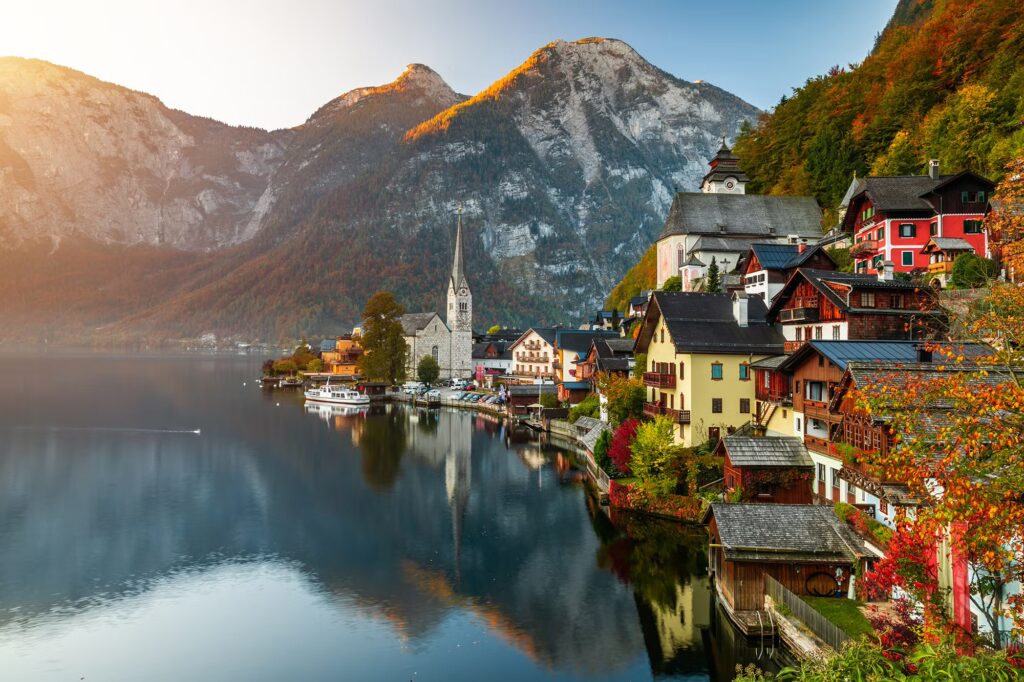
Por Bradley O’Neill para The Discoverer
¿Qué pasa cuando ya hemos visitado todos los destinos turísticos populares y sentimos la necesidad de escapar de las rutas comunes? La buena noticia es que hay muchos lugares que suelen pasar desapercibidos pero que ofrecen una gran cantidad de experiencias gratificantes. Europa alberga países que exhiben culturas antiguas, kilómetros y kilómetros de paisajes naturales, hermosas costas y monumentos mundialmente famosos. Desde el principado pirenaico de Andorra hasta la intersección euroasiática de Georgia, aquí hay cinco países europeos increíbles que todos olvidan… pero no deberían.
Andorra
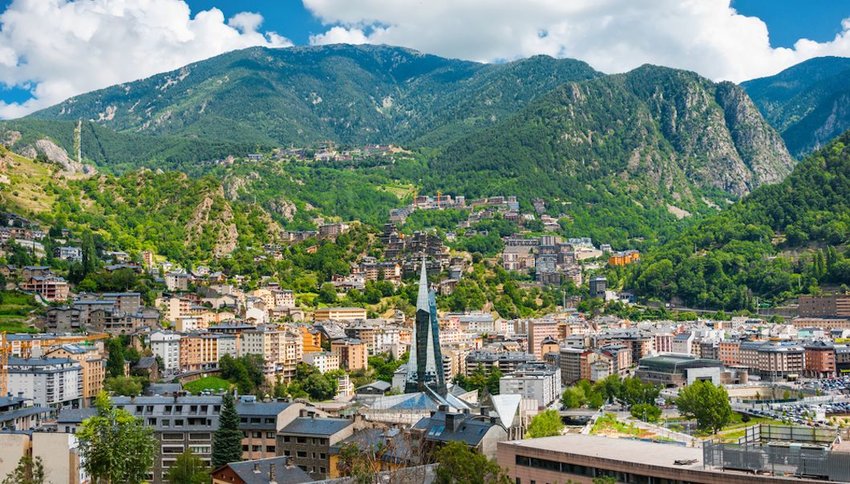
Andorra es un microestado en la frontera entre España y Francia, justo a la sombra de los Pirineos. Influenciado por las culturas italiana, francesa y española, es el único lugar del mundo que tiene al catalán como idioma oficial exclusivo. Las cumbres nevadas se alzan sobre valles verdes, con pintorescos pueblos y aldeas en las laderas más bajas.
En la capital, Andorra la Vella, el encanto medieval se respira en las calles y plazas del casco antiguo Barri Antic. Pero al caminar por la Avinguda Meritxell, modernas boutiques y joyerías de lujo ofrecen una experiencia de compras de nivel internacional. Los veranos suaves hacen de Andorra un paraíso para el senderismo, con kilómetros de rutas que atraviesan paisajes de postal. Entre ellas destaca la GR7: Andorra, D’Est a Sud, de 43 km, que forma parte del sendero europeo Gran Ruta E, entre Grecia y Gibraltar. En invierno, las montañas de Grandvalira, Pas de la Casa y Soldeu atraen a los amantes del esquí.
Georgia

Gobernada en distintos períodos por griegos, romanos, bizantinos, otomanos y soviéticos, Georgia no solo es un cruce geográfico entre Europa y Asia, sino también un puente cultural e histórico que conecta ambos continentes. Es uno de los últimos paraísos vírgenes del planeta, con un paisaje que combina playas del Mar Negro, las montañas del Cáucaso y decenas de parques nacionales.
Podés hacer senderismo hasta antiguas iglesias y monasterios en el Parque Nacional Kazbegi, o llegar al glaciar Devdoraki. En el noroeste, la región de Svaneti —protegida por la UNESCO— presume las cumbres más altas del Cáucaso y las aldeas más antiguas del pueblo svano. Georgia produce vino desde hace 8.000 años, y en la región vinícola de Kajetia (Kakheti) varias bodegas ofrecen visitas y degustaciones. Para una experiencia urbana, la capital Tiflis (Tbilisi) encanta con su arquitectura art nouveau, sus galerías y sus históricos baños de azufre.
Groenlandia
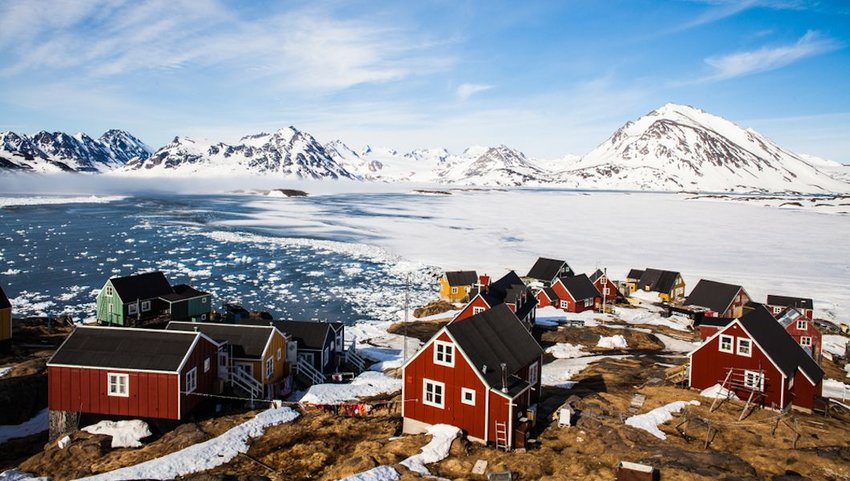
Si realmente querés alejarte de las multitudes, considerá viajar a la isla no continental más grande del mundo. Groenlandia es una de las verdaderas maravillas de la naturaleza, y sin embargo suele ser apenas una escala o una vista desde la ventanilla del avión rumbo a Europa occidental o Canadá. Y sí, como territorio danés, técnicamente forma parte de Europa.
A diferencia de su vecina Islandia, Groenlandia aún no ha alcanzado un estatus de culto entre los viajeros. Sus paisajes incluyen glaciares, aguas termales, icebergs, campos de hielo y praderas de flores silvestres. Se puede disfrutar del sol de medianoche o contemplar las auroras boreales. El Parque Nacional del Noreste de Groenlandia es una vasta zona ártica habitada por bueyes almizcleros, osos polares y morsas. También es posible acampar sobre el casquete polar, seguir los pasos de los vikingos o viajar en trineo tirado por perros. En la capital, Nuuk, las casas de colores brillantes son el sello distintivo de una escena cultural inuit llena de arte, gastronomía y moda.
Montenegro
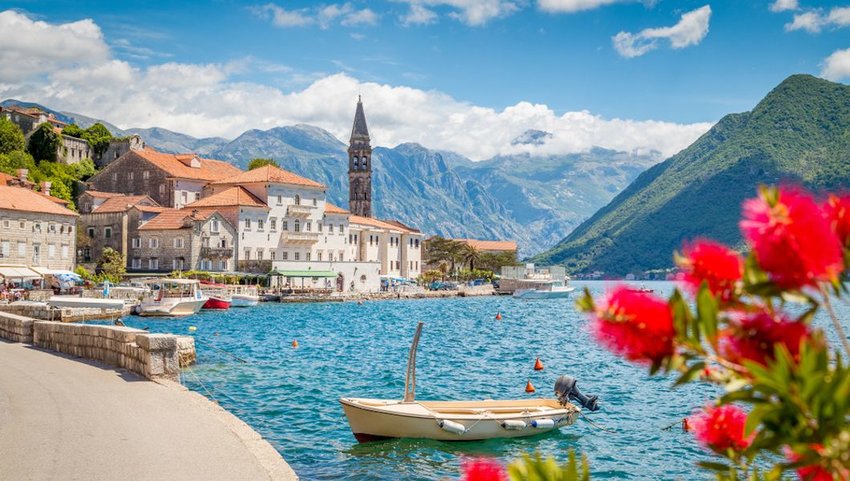
Mientras que Croacia ha acaparado la atención como el gran destino del Adriático, su vecino del sur, Montenegro, suele ser pasado por alto. La historia de este pequeño país se extiende a lo largo de los Balcanes, la bahía de Kotor (de tipo fiordo) y 293 kilómetros de costa del mar Adriático, todos esperando ser descubiertos.
La ciudad fortificada de Kotor es Patrimonio de la Humanidad por la UNESCO y conserva tesoros medievales como la Catedral de San Trifón y el Castillo de San Giovanni. En Perast se encuentran hermosos templos religiosos, y en Risan, mosaicos de hace 1.700 años. En el interior, los cinco parques nacionales del país ofrecen senderismo, natación en lagos, rafting y observación de fauna. El Parque Nacional del Lago Skadar combina playas junto al lago con paisajes montañosos y colorida avifauna. Las más de 100 playas, como Budva y Sveti Stefan, atraen con sus arenas doradas y aguas azul profundo.
Gales
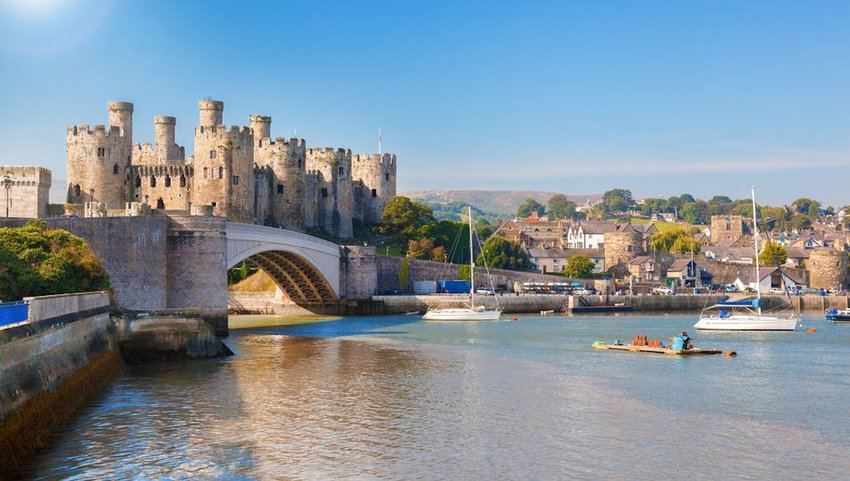
De los tres países que forman parte de Gran Bretaña, Gales es el más pequeño, pero está lleno de castillos históricos, parques nacionales montañosos y una costa impresionante. Si te gustan las aventuras al aire libre, vas a disfrutar de remar en kayak, escalar o explorar cuevas entre los suaves paisajes verdes del Parque Nacional de Brecon Beacons.
El monte Snowdon, de 1.085 metros, domina el Parque Nacional de Snowdonia y puede subirse a pie o en tren cremallera. Los amantes de la playa y la naturaleza no pueden perderse el Parque Nacional de la Costa de Pembrokeshire, con 300 km de senderos que conducen a playas espectaculares, zonas de surf y pueblos pintorescos.
También vale la pena dedicar tiempo a Cardiff, la vibrante capital galesa, que ofrece deportes internacionales, museos, vida nocturna y más. Visitá la casa del poeta Dylan Thomas en Swansea y las antiguas ciudades mineras del valle de Rhondda. Ningún viaje a Gales está completo sin recorrer el Castillo de Conwy y otros castillos que fueron construidos y disputados por monarcas británicos rivales.
English version
5 Incredible European Countries Everyone Forgets About

By Bradley O’Neil para The Discoverer
What happens when we’ve visited all of the popular travel destinations and have the urge to escape the common tourist trail? Well the good news is that there are quite a few locations that often go unnoticed yet present a wealth of rewarding experiences. Europe is home to countries that showcase ancient cultures, miles and miles of natural scenery, gorgeous coastlines, and world-famous landmarks. From the Pyrenees principality of Andorra to the European-Asian intersection of Georgia, here are five incredible European countries that everyone forgets about — but shouldn’t.
Andorra

Andorra is a microstate on the border of Spain and France directly in the shadow of the Pyrenees. Influenced by Italian, French, and Spanish cultures, this is the only place in the world to declare Catalan as its sole official language. Snow capped peaks rise above lush green valleys, with quaint towns and villages perched on the lower slopes.In the capital city Andorra la Vella, a medieval charm radiates through the streets and squares of the Barra Antic old quarter. But move onto Meritxell Avenue and modern upscale boutiques and jewelers line the streets for some world-class shopping. Mild summers make Andorra a hiking paradise and miles of trails deliver you into postcard-perfect landscapes. Explore routes such as the 27-mile GR7: Andorra, D’Est a Sud, which forms part of the European Grande Route E hiking trail between Greece and Gibraltar. In winter you can carve up the mountains of the Grandvalira, Pas de la Casa, and Soldeu ski resorts.
Georgia
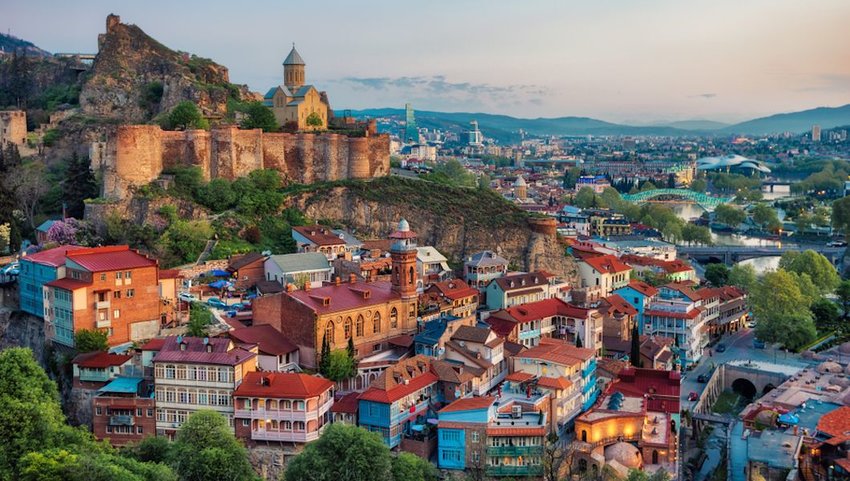
Ruled at times by the Greeks, Romans, Byzantines, Ottomans, and Soviets, Georgia isn’t only a geographical crossroads between Europe and Asia, but a cultural and historical bridge that connects the continents. This is one of the world’s last untouched paradises, a country with a landscape defined by Black Sea beaches, the Caucasus Mountains, and dozens of national parks. You can hike to age-old churches and monasteries in Kazbegi National Park and trek to Devdoraki Glacier. In the northwest, the Svaneti region is a UNESCO-protected area that boasts the tallest Caucasus peaks and the oldest Svan villages. Wine has been made in Georgia for 8,000 years and the Kakheti Wine Region has several bodegas that open their doors for tours and tastings. For urban adventures, visit the art nouveau masterpieces, galleries and sulfur baths of the capital, Tbilisi.
Greenland

If you really want to get away from the crowds then consider a trip to the world’s biggest non-continental island. Greenland is one of nature’s true marvels, and yet is often only a layover or a view from a plane window on the way to West Europe or Canada. And yes, as a Danish territory it’s technically part of Europe. Unlike neighboring Iceland, Greenland hasn’t yet received the cult status among the everyday traveler. Visits to Greenland include glaciers, hot springs, icebergs, ice sheets, and wildflower meadows. You can experience the midnight sun and watch the mystical Northern Lights. The Greenland National Parkis an arctic wilderness inhabited by musk oxen, polar bears, and walruses. Delight in the chance to camp overnight on the Ice Cap, follow in the footsteps of Vikings, or ride on dogsled. Brightly-colored houses characterize the capital Nuuk, a hotbed of Inuit arts, crafts, cuisine, and fashion.
Montenegro
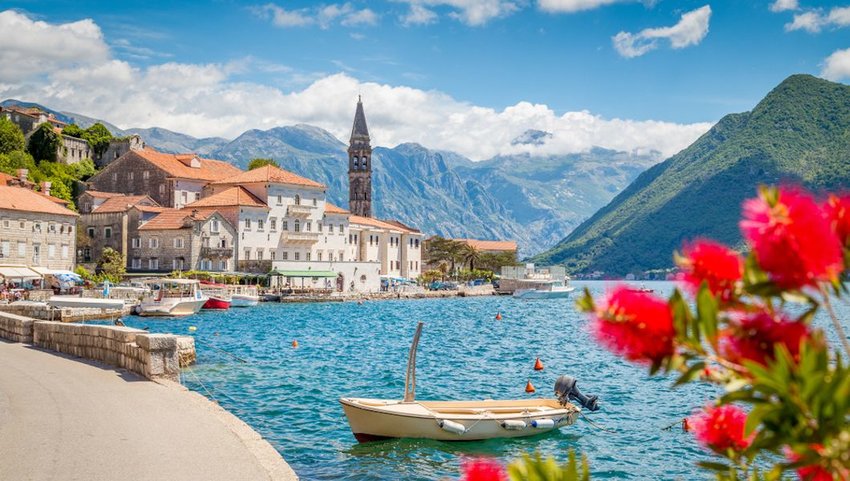
While Croatia has drawn some major attention as the Adriatic’s featured destination, its southern neighbor Montenegro is often overlooked. The centuries of history in this compact country spans the Balkan Mountains, fjord-like Bay of Kotor, and 182 miles of Adriatic Sea coastline, just waiting for travelers to discover it. The fortified town of Kotor is a UNESCO-listed site decorated with the medieval glories of St. Tryphon Cathedral, the Castle of San Giovanni, and many more. There’s beautiful religious landmarks in Perast and ancient mosaics in 1,700-year-old Risan. Hiking, lake swimming, whitewater rafting, and wildlife watching awaits inland at the country’s five national parks. Lake Skadar National Parkblends lakeside beaches with mountain scenery and colorful birdlife. The 100-plus beaches, like Budva and Sveti Stefan, tempt visitors with deep blue hues and golden beaches.
Wales
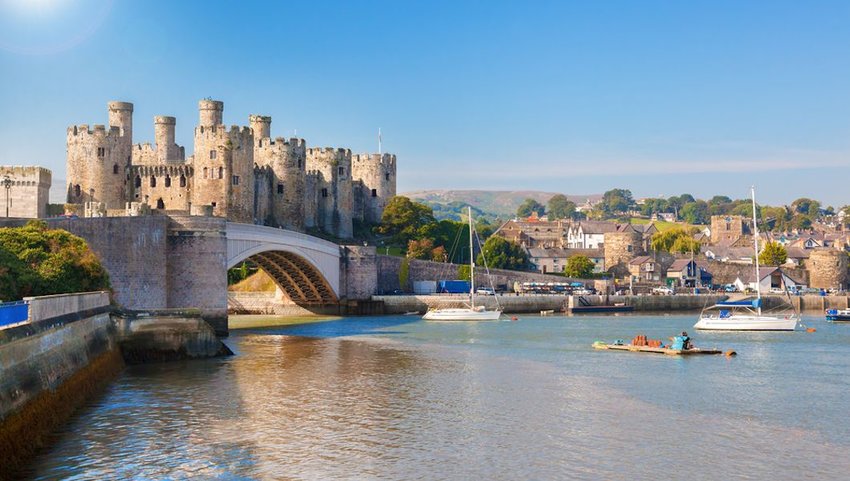
Of the three countries that make up Great Britain, Wales is the smallest and is packed with historic castles, mountain-clad national parks, and a dramatic coastline. If you like outdoor adventures then you’ll have a blast kayaking, rock climbing, and spelunking amid the gentle green pastures of Brecon Beacons National Park. The 1,085-feet-tall Snowdon dominates Snowdonia National Park and is reachable by foot and mountain railway. Beach and nature enthusiasts flock to Pembrokeshire Coast National Park, where 186 miles of trails lead to gorgeous beaches, surf spots and picturesque villages. You’ll want to dedicate some time to Cardiff, the nation’s vibrant capital that offers international sports, museums, nightlife, and everything in between. Visit the home of poet Dylan Thomas in Swansea and the mining towns of the Rhondda Valley. No trip to Wales is complete without a tour of Conwy Castle and other castles built for and fought over by feuding British monarchs.

